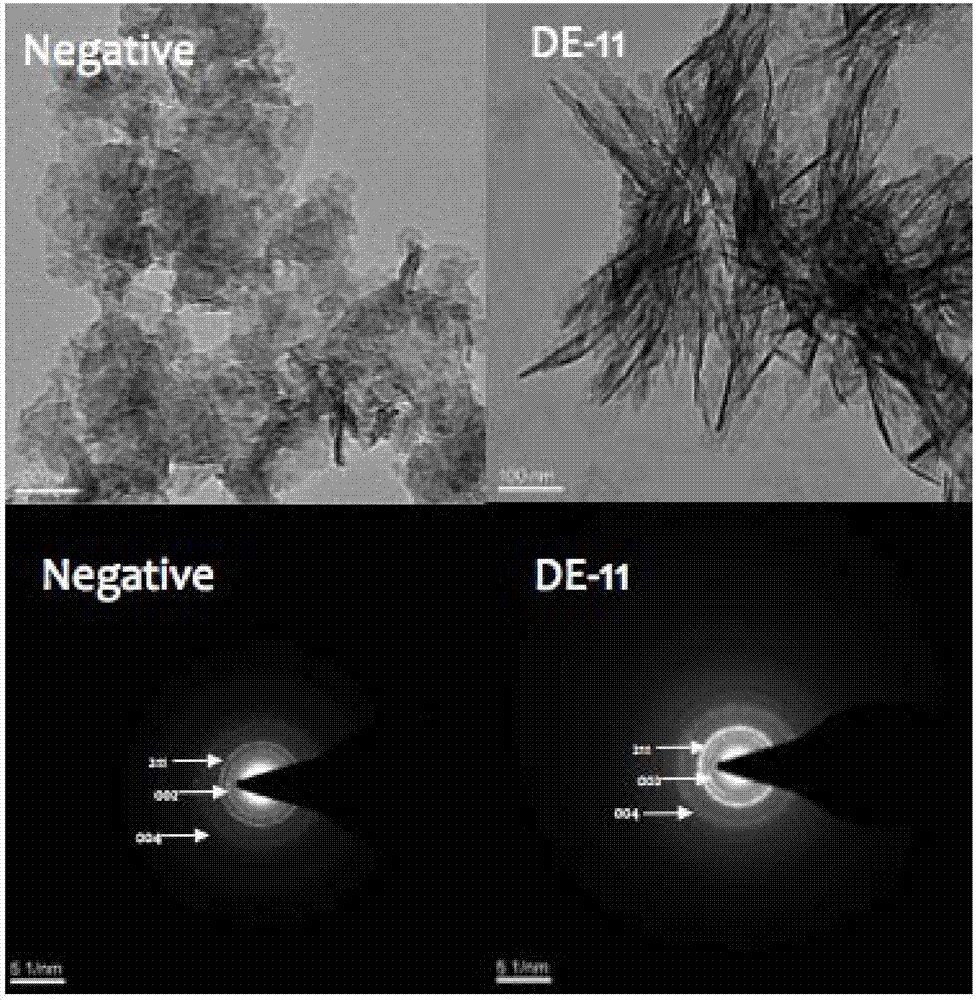Bionic anti-caries polypeptide based on casein-rich saliva, derivative, salt and application thereof
A technology of statcasein and peptide derivatives, applied to polypeptide derivatives or their salts and their applications in pharmaceuticals, in the field of biomimetic anti-caries functional polypeptides, can solve problems such as high price, difficulty in extracting natural saliva proteins, and variability , to achieve the effect of low production cost, stable and simple structure, and small molecular weight
- Summary
- Abstract
- Description
- Claims
- Application Information
AI Technical Summary
Problems solved by technology
Method used
Image
Examples
Embodiment 1
[0030] A mineralization-promoting and anti-caries functional polypeptide, the amino acid sequence of which is shown in SEQ ID NO.1;
[0031] The serine phosphorylation modifier of SEQ ID NO.1 is: DpSpSEEKEEEEE.
Embodiment 2
[0032] Example 2 Preparation of Serine Phosphorylated Modifier of SEQ ID NO.1 (hereinafter referred to as DE11)
[0033] 1. Select Fmoc-His(Trt)-Wang Resin as the resin (carrier);
[0034] 2. Fully swell the resin with DCM;
[0035] 3. Use an appropriate concentration of DBLK (hexahydropyridine + DMF) to remove the Fmoc-protecting group;
[0036] 4. Wash several times with DMF to remove DBLK;
[0037] 5. Weigh a suitable condensing agent and activator (HBTU, NMM) and the second Fmoc-protected amino acid (Fomc-Leu-OH) at the C-terminal for coupling;
[0038] 6. The ninhydrin detection method is used for detection to ensure that the connection is relatively complete;
[0039] 7. Wash several times with DMF to wash away the remaining residues and activator condensation agent;
[0040] 8. Carry out coupling according to the amino acid sequence of SEQ ID NO.1, the method refers to steps 3-7;
[0041] 9. After connecting all the amino acids, use steps 3 and 4 to remove the fina...
Embodiment 3
[0045] Example 3 Detection of Polypeptide Nucleation Ability to Hydroxyapatite
[0046] 1. Prepare 50μM polypeptide DE11 solution, add the final concentration of 1.6mM Na 2 HPO 4 and 3.3mM CaCl 2 solution, the pH was adjusted to 7.4, and incubated on a shaker at 37°C for 24h (100 rpm).
[0047] 2. Take 10 μl of the reacted solution and add it dropwise on the copper grid. The negative control is Na without peptide. 2 HPO 4 and CaCl 2 solution. The shape of the precipitate on the copper grid was observed under a transmission electron microscope. figure 1 It showed that the crystals formed in the polypeptide DE11 group were denser than those in the negative control group, showing fascicular or columnar shapes, suggesting that DE11 has a good ability to promote the nucleation and growth of hydroxyapatite.
[0048] 3. Select electron diffraction to show that the crystal precipitate formed by the polypeptide DE11 group has the characteristic diffraction rings 004, 002 and 211...
PUM
 Login to View More
Login to View More Abstract
Description
Claims
Application Information
 Login to View More
Login to View More - R&D
- Intellectual Property
- Life Sciences
- Materials
- Tech Scout
- Unparalleled Data Quality
- Higher Quality Content
- 60% Fewer Hallucinations
Browse by: Latest US Patents, China's latest patents, Technical Efficacy Thesaurus, Application Domain, Technology Topic, Popular Technical Reports.
© 2025 PatSnap. All rights reserved.Legal|Privacy policy|Modern Slavery Act Transparency Statement|Sitemap|About US| Contact US: help@patsnap.com



